The Polestar 2 electric crossover won’t be directly replaced by a like-for-like successor when it reaches the end of its planned life, instead being succeeded by a substantially different new car called the 7.
Since arriving in 2020 as the Geely-owned Swedish brand’s second production car, the electric car has topped 150,000 sales in 26 markets worldwide, and it was recently extensively updated with new drivetrain configurations and technical functionality.
The 2 is expected to reach the end of its life in around 2027, but Polestar CEO Thomas Ingenlath has revealed that the firm “will not replace the Polestar 2 with a Polestar 2”, hinting at a radical reinvention for what has been one of the world’s best-selling electric cars of the past four years.
“It will be the Polestar 7,” he said, confirming that the brand will continue with its chronological model naming strategy beyond the launch of the 6 supercar in 2026.
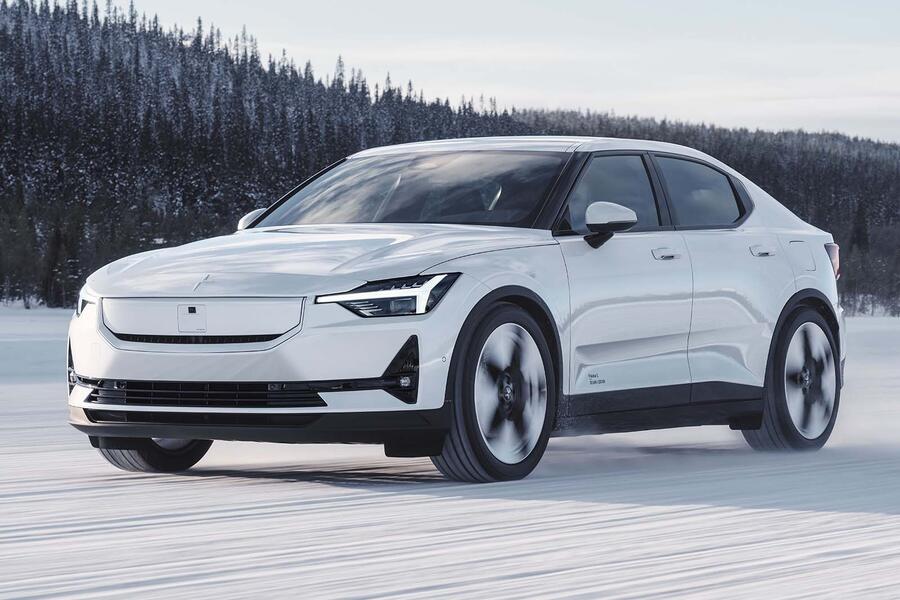
At this early stage, Ingenlath wasn’t willing to share details of what the 2’s replacement could look like, saying: “What type of car and how we will do it, we can discuss when it’s time.”
Ingenlath did suggest that it would be comparably positioned to the 2 and occupy the same position in Polestar’s line-up, but he stressed that launching generation after generation of the same car can impose limitations and stifle innovation.
“As much as we might build a very similar car, because it has a different number we won’t have this natural trap where we’re boxed into that concept of what the car had been,” said Ingenlath.
“As nice as it is to have a [Volkswagen] ‘Golf’ category of car, it’s very limiting in terms of innovative power, because you’re always back in the box of what the ‘Golf’ should be.
“At some point, you get into a strange situation when you’re in double-digit generations and it gets really questionable.”
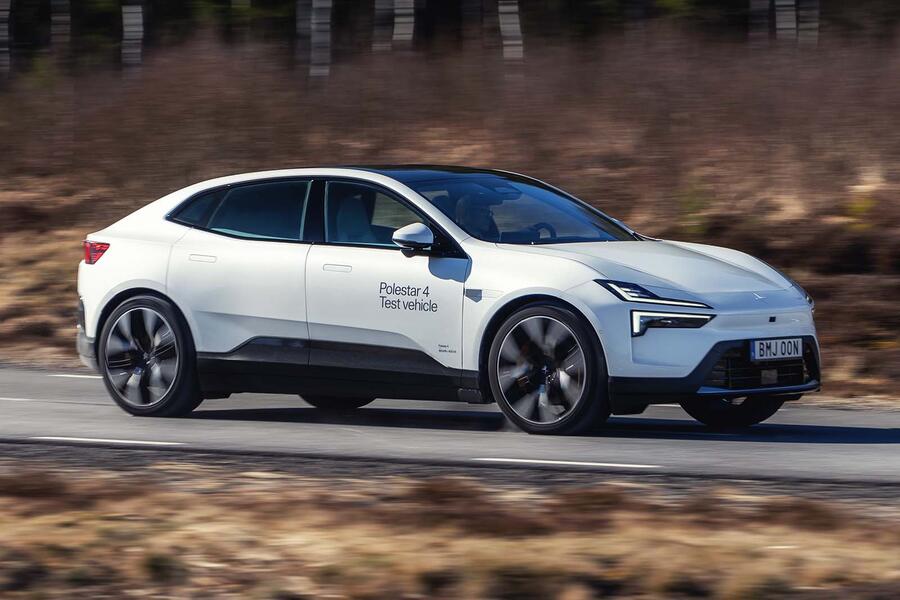
The 7 is set to swap from the Volvo-derived Compact Modular Architecture (CMA) that underpins the 2 onto a new EV-specific platform from another brand in the Geely group – most likely a variation of the Sustainable Experience Architecture (SEA) that underpins the Polestar 4.
That slightly larger electric crossover offers up to 379 miles of range, can charge at rates of up to 200kW and gets from 0-62mph in as little as 3.8sec – although by the time of the 7’s introduction, new technology will surely allow for improvements across the board.
Ingenlath hinted at the future of the 2 as he shared details of Polestar’s mid-term business strategy, in light of Volvo’s decision in February to reduce its stake in its offshoot from 48.3% to 18%.
Ingenlath said the resulting change in share structure at Polestar is a “non-dramatic situation”, because it was always planned that Volvo “would reduce from a very high percentage to a lower percentage” and Polestar would obtain funding from other sources.
“It was always clear that the money shouldn’t just come out of the pockets of the owners and we would have to find some ways of financing it without going to Volvo and Geely and saying: ‘Mummy, Daddy, we need money,’” said Ingenlath.
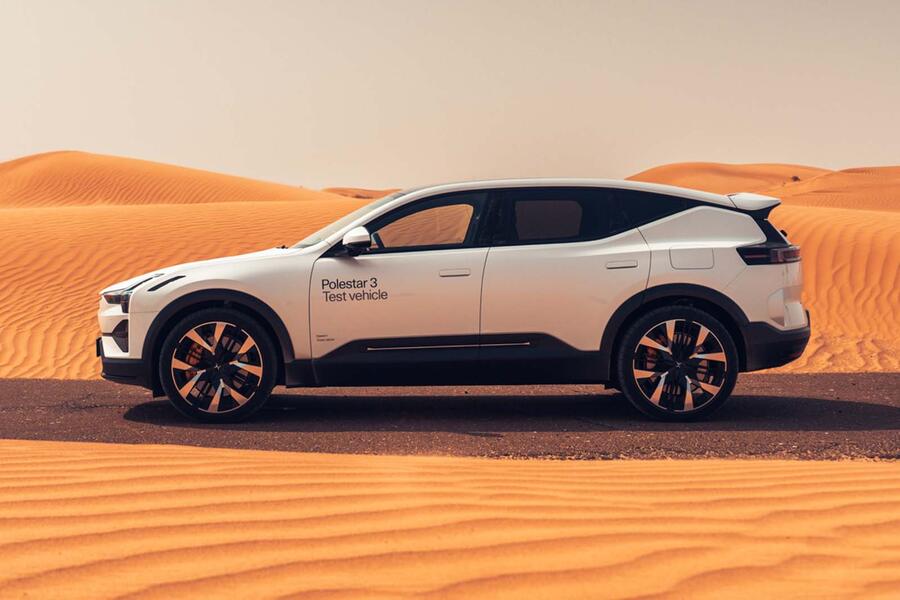
Volvo’s reduction of its stake in Polestar came around a fortnight before Polestar confirmed it had received $950 million (£750m) in new external funding – in the form of a three-year loan – and Ingenlath lamented that the headlines came in the wrong order.
“We could say more at the end of February when we announced that we had a club loan of $950m, but of course that was two weeks too late to counter-strike the big, bad headlines that came when Volvo announced it would reduce its ownership in Polestar,” he said. “Everyone thought we had a big crisis situation, so it’s unfortunate that we didn’t have this piece of news two weeks earlier.”
Polestar needs an estimated $1.3 billion (£1.1bn) in total to finish development and establish production plans for its upcoming new models, and Ingenlath is confident the company will be able to secure the $350m (£300m) that remains unaccounted for.
“Jesus, we’ve managed so much. Of course we’re confident we’ll manage the last remaining bit,” he said.
Asked whether the ongoing softening in EV demand could affect Polestar’s prospects of reaching its break-even point in 2025, as planned, Ingenlath acknowledged that the firm is “not immune” from market trends and that the drop in EV sales “is a fact that makes us work even harder in convincing people about the greatness of our products”.
But he added: “We aren’t BYD. We aren’t Tesla. We don’t have factories and volumes that go into the millions. We have a very clear premium, luxury target audience and a portfolio that is catered to that. We aren’t in the volume game of the mass market.”
Polestar cited “challenging market conditions” as a factor in its decision to cut about 15% of its global workforce – some 450 jobs – earlier this year.
The company has also revised its forecasts down slightly in light of the softening of EV demand, predicting that it will sell between 155,000 and 165,000 cars in 2025 – “still ambitious”, said Ingenlath, “but not dreamy”.
Polestar CEO Thomas Ingenlath on:
European technophobia: “Innovation is not easy to sell in Europe. There is a lot of conservatism and scepticism towards new things, and I think that’s hindering us. We have to be a bit more open and a bit more speedy in embracing it.”
Tariffs on Chinese cars: “It’s another real obstacle for building successful international companies, and that’s for each and every internationally operating company. I don’t think that in the big picture it’s beneficial for the progress of the nations.”
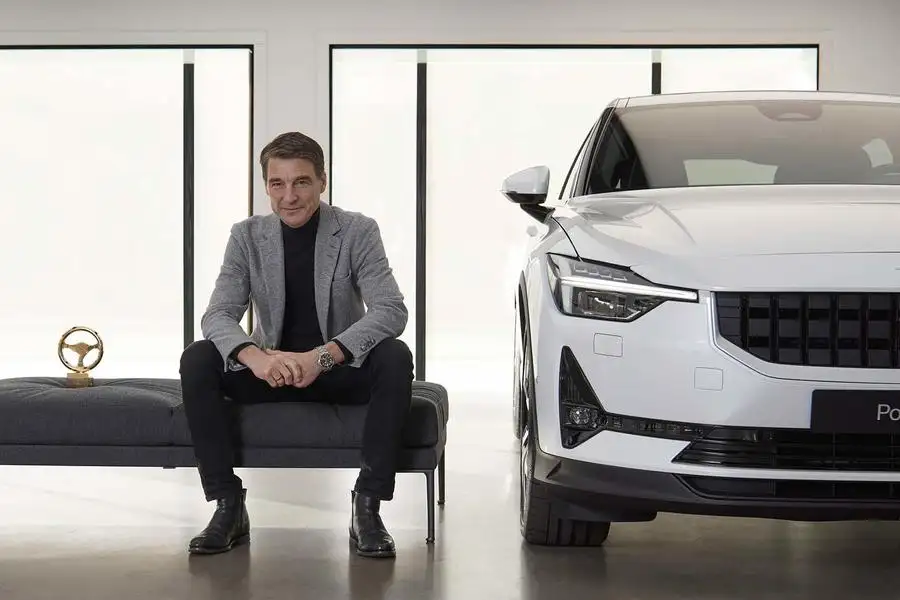
Sticking with the 6: “The Polestar 6 will be a natural consequence of us putting the 5 into production and the tech that the 5 will bring into life. It will naturally be the base to put the 6 into production. There is so much shared technology – it’s a home run.”
Making Polestars different to Volvos: “Flipping hell. If you don’t see the difference between the [Volvo] EX90 and a Polestar 3, then I don’t know what we still have to do to make these brands differentiated. Sorry, there’s only so much talking I can do. Drive an EX90 and a 3 and if you don’t distinguish the difference, then I can’t help it any more.”

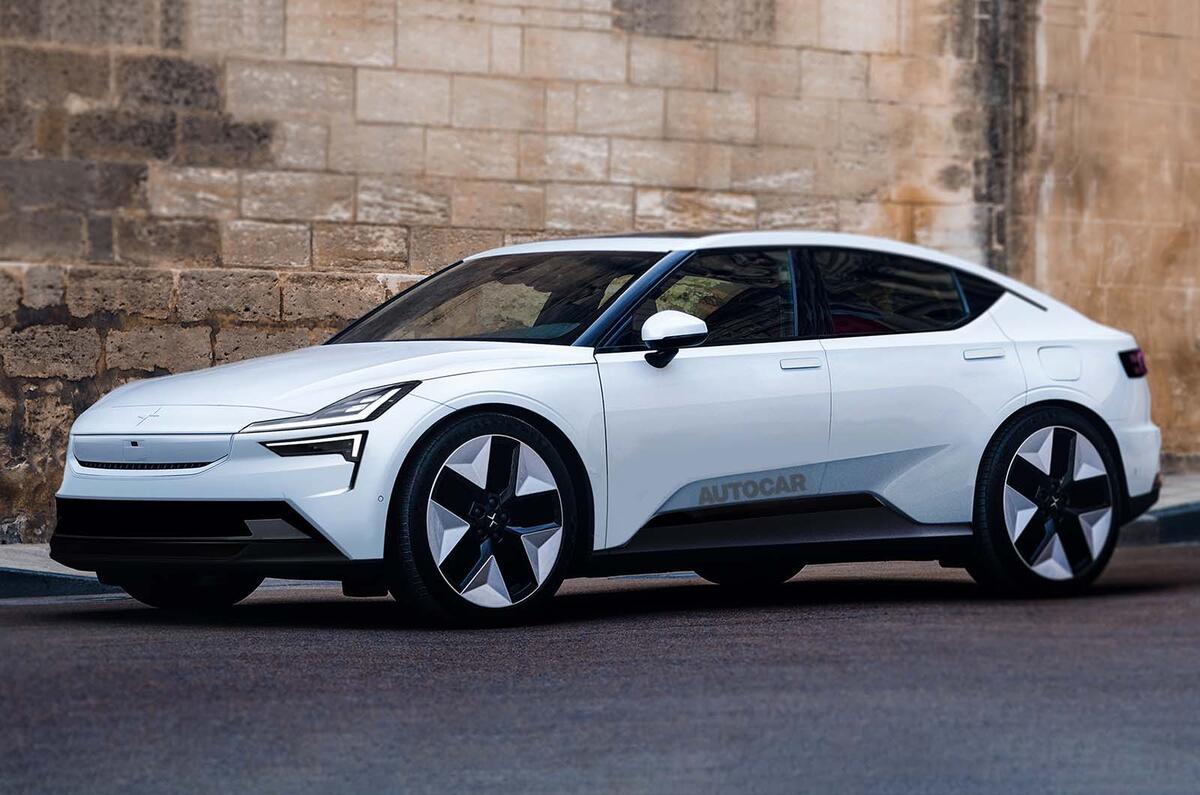






Join the debate
Add your comment
There's alot going on here but at the end of the day the excellent Polestar 2 is being dropped and Polestar are moving up market and not by just a little bit either.
Geely got it wrong, if it had been labelled a Volvo I have no doubt sales would have been more in Europe and the US especially.